Ever since Donald Trump set the wheels in motion for tariffs on copper, the market has been buzzing with anticipation and uncertainty. The implications of such a move go far beyond mere trade dynamics; they delve into the heart of global economic interconnectedness.
“When Trump announced the 50% tariff on US copper imports, it sent shockwaves through the industry,”
remarked a seasoned commodities trader. The sudden spike in US copper futures prices caught many off guard, illustrating how sensitive markets can be to policy changes.
Copper, often dubbed “Dr. Copper
” for its ability to gauge economic health due to its widespread use across industries, is no ordinary metal. It’s a linchpin in modern infrastructure and emerging technologies like electric vehicles and renewable energy systems. As demand soars, concerns about future supply loom large.
Experts warn that existing copper reserves are dwindling while new mining projects struggle to keep pace with escalating demand. “
We’re heading towards a significant deficit in the copper market within the next decade,” cautioned a leading analyst. This looming shortfall underscores the urgency for strategic planning and resource management.
The United States, despite having substantial untapped copper resources, faces challenges in ramping up domestic production. Lengthy approval processes for mining projects on federal lands coupled with outdated smelting infrastructure paint a complex picture for achieving self-sufficiency in copper production.
China’s dominance in global smelting capacity poses a national security conundrum for the US, given copper’s strategic importance. While efforts to bolster domestic supply are underway, building competitive smelting facilities remains an uphill battle against China’s established infrastructure and expertise.
With Trump’s tariff affecting not just raw copper but also downstream products like sheets and wiring, US manufacturers brace themselves for cost hikes that could spiral into broader economic consequences. The ripple effects of increased production costs may erode competitiveness and fuel inflationary pressures across sectors reliant on copper.
The turbulence caused by tariff-induced market distortions is palpable as traders scurry to navigate price differentials and inventory uncertainties. The shift from contango to backwardation in futures pricing hints at underlying market strains that could deepen with prolonged disruptions in supply chains.
As businesses grapple with rising input costs and uncertain market conditions triggered by policy interventions, one thing becomes clear: navigating these uncharted waters demands resilience and adaptability from all stakeholders involved.
In conclusion, Trump’s gambit with copper tariffs serves as a stark reminder of how interconnected our global economy truly is—and how actions taken at one end can reverberate across continents with unforeseen consequences. As stakeholders recalibrate their strategies amidst shifting tides, only time will tell the full extent of these unintended ripples set off by political decisions.


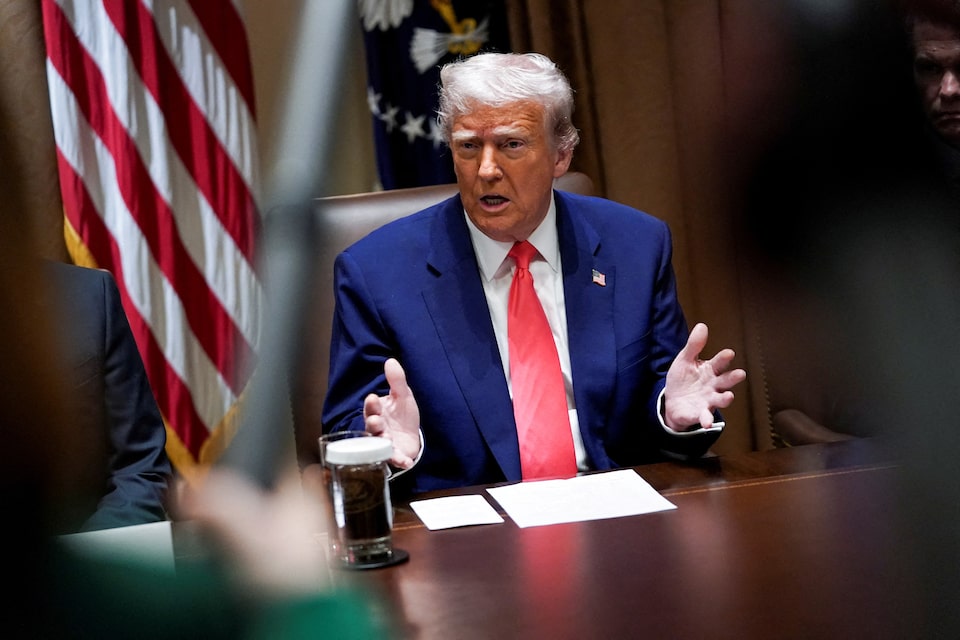
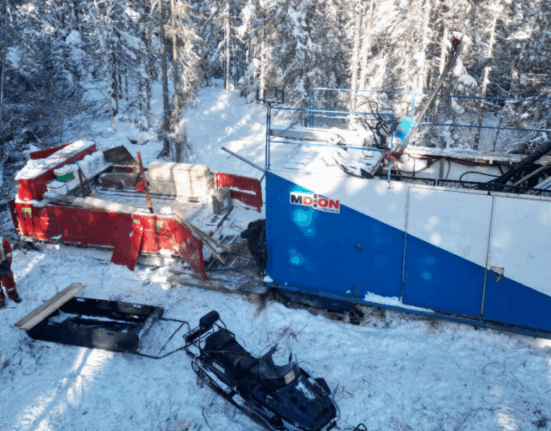


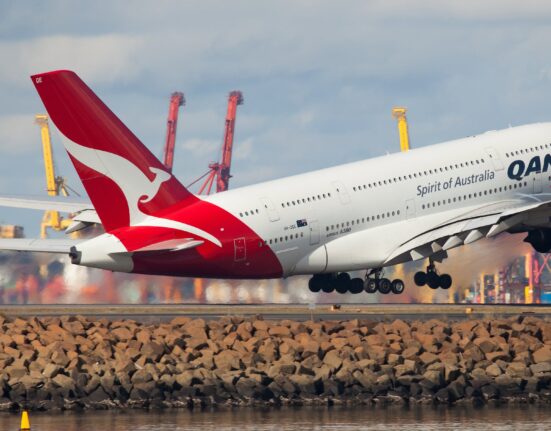
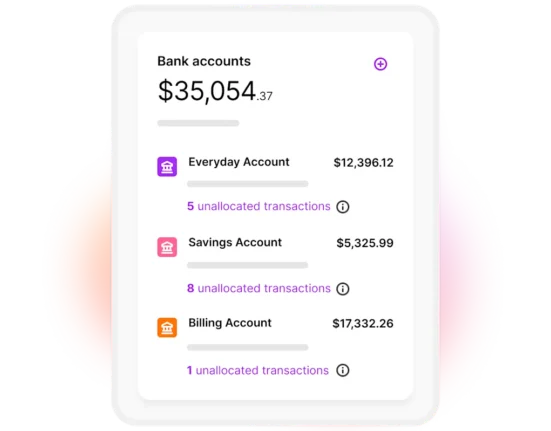
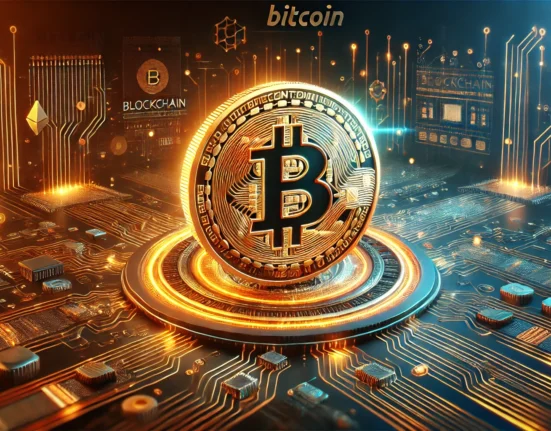
Leave feedback about this